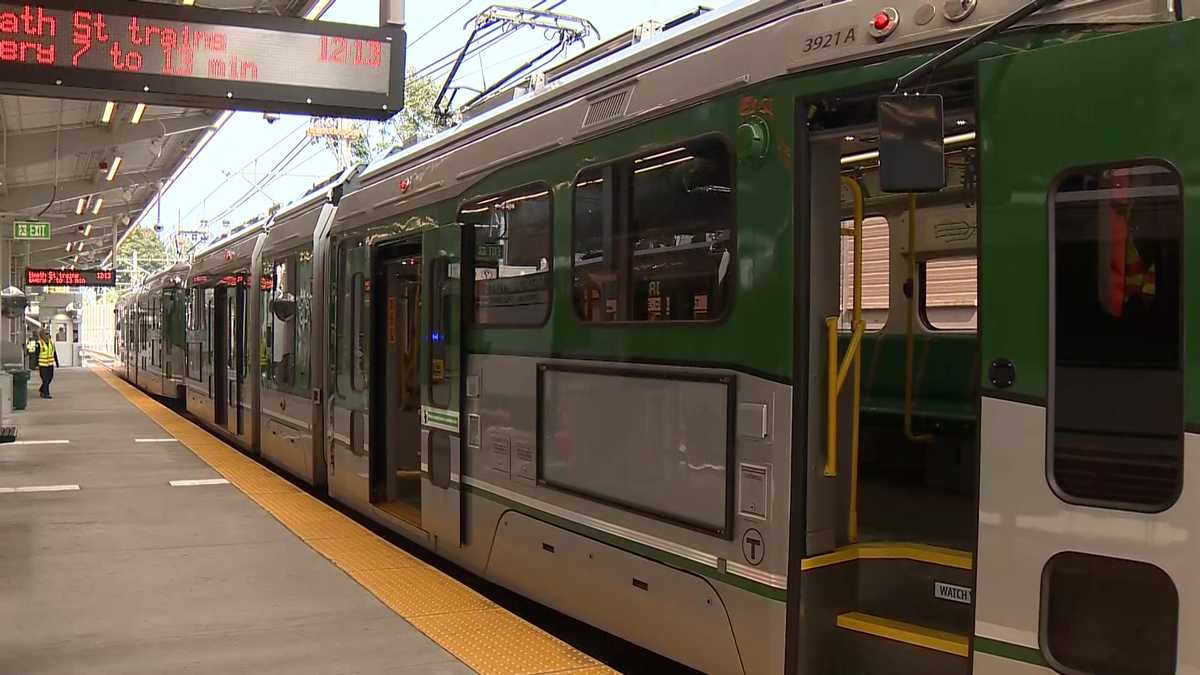Koopzilla24
Active Member
- Joined
- Dec 20, 2022
- Messages
- 417
- Reaction score
- 1,232
In a live streamed announcement by Eng a couple hours ago he stated that 56 1/8” is their minimum tolerance for being “restricted gauge” meaning it needs to be addressed. So the rails can be up to 3/8” too narrow before a speed restriction is imposed. The remaining ties must be somewhere within that tolerance but at risk of falling out of tolerance at any point. I would imagine that this is the point at which the way the specific wheel profiles of green line trains behave differently at design speeds on tracks.That seems like an @F-Line to Dudley question if there ever was one. But what I do know is that "safe" isn't a binary state -- there is always some risk, if nothing else at least from Acts of God/natural disasters. Some large fraction of managerial decisions are based on how long an organization is willing to endure a certain level of risk. So, for example, it could be that the narrow gauges do increase risk from a "normal level" (e.g. "risk of derailment is so low that it would take 100 years for one to happen randomly") to "something higher", but that "something higher" is still acceptable in the short term (e.g. "risk of derailment is so low that it would take 20 years for one to happen randomly").
That all being said, it does seem like a significant omission on the part of the Globe's interviewer to have (presumably) not asked that very obvious question. (This goes back to a problem I've had for a long time -- the Globe really does need to get some more industry-familiar reporters on this beat. Almost every article I've seen seems to lack very obvious follow-up questions.)
Last I heard about this the problem with the viaduct is that the Type 7s and 8s when paired and with two trains on it at the same time can weight too much to be safe when crossing. At higher speeds the bumps from non-continuously welded rails could exert excess forces on the structure.
MBTA's new Green Line Extension problems worse than reported, Eng reveals
Former Gov. Charlie Baker denied knowing about the problems with the Green Line Extension, which Eng says were first discovered in April 2021.www.wgbh.org
Will this new set of repairs also cover the Lechmere Viaduct's 10 mph slowzone? 4 weeks of repairs on the Medford and Union Sq. branches, and previous repairs on the Lechmere viaduct, and the Lechmere viaduct is still one giant slowzone.


